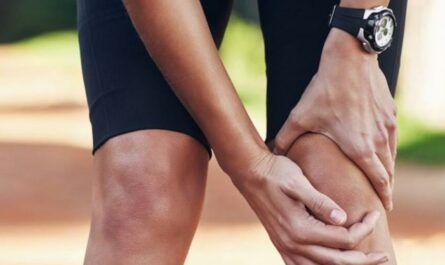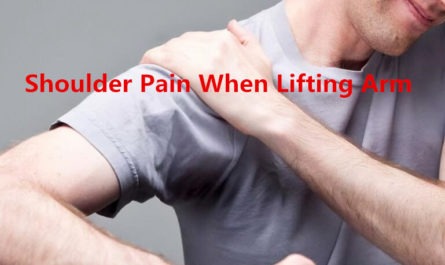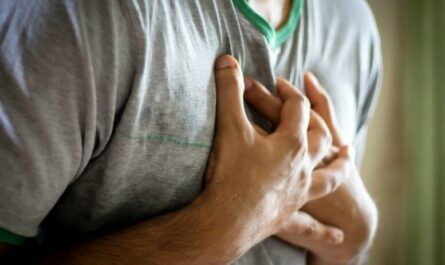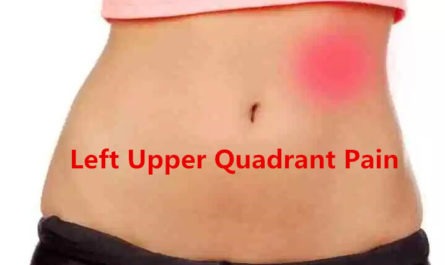Inner thigh pain is a common symptom. This pain can be mild or severe. You may feel constant pain, from a dull ache to a sharp and stabbing pain. It usually lasts for a few minutes or even a few hours.
In some cases, this pain may spread from your groin area in the upper inner thigh to your legs, knees, and buttocks areas. In other cases, the pain may radiate from your other body parts to the inner thigh.
Inner thigh pain can cause stiffness and swelling in your thigh muscles and affect your daily activities. It may lead to muscle cramps and even walking difficulties. In addition to pain, stiffness, burning sensation, and swelling are also present. This pain is more common at night, making it difficult to fall asleep.
Severe inner thigh pain is usually caused by a pulled or strained muscle. This is often due to intense physical activity or working out without stretching. It may also be caused by other diseases, including blood clots, hernias, osteoarthritis, or even kidney stones. In addition, many pregnant women often feel pain in the inner thighs near the groin area.
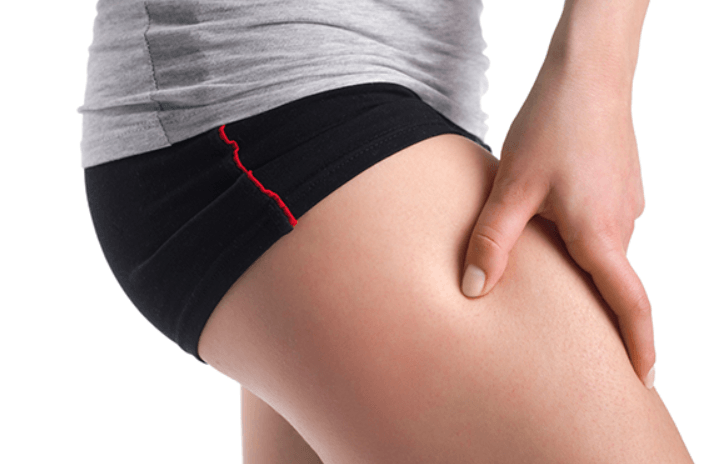
Common Symptoms of Inner Thigh Pain
- Sore inner thigh, muscle stiffness, and inflammation
- The burning sensation inside the thigh and in the pelvic region
- Dull or sharp pain in the inner thigh muscles
- Inner thigh pain and groin pain may overlap
- Limited range of motion and clicking when moving
- Excess weight or excessively tight clothing will worsen the pain
What are the Causes of Inner Thigh Pain?
Here are the most common causes of inner thigh pain.
1. Strained/Pulled Muscles
A groin strain or inner thigh muscle strain can happen when the muscles are over-stretched or torn. People who have just started running or jumping exercises are prone to this condition, especially if they have not warmed up before exercise.
Muscle injuries can cause pain in the inner thigh or groin region. Depending on the strain range, the pain can be mild or severe.
The pain can be severe if a muscle connecting the thigh to the pubic bone is ruptured completely. It can also spread to your lower inner thigh.
Other common symptoms include difficulty walking, muscle spasms, swelling, bruising, and discoloration. It usually takes 4 to 6 weeks for the groin to heal completely. If the muscular problems are mild, you can use a cold compress or inflammatory medications to relieve the swelling and pain.
If you have severe strains or tears, for example, your leg can not move or the area is numb, you need to see your doctor immediately.
2. Inguinal (Groin) Hernia
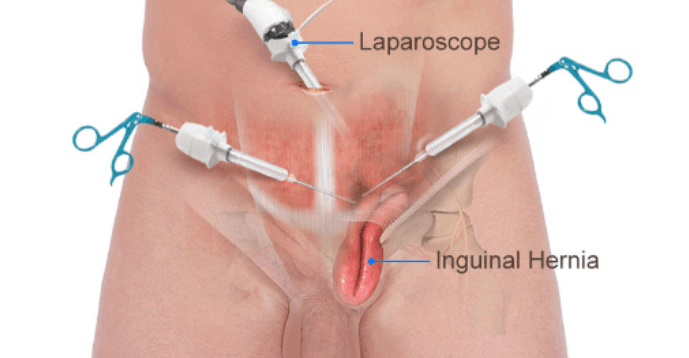
An inguinal hernia occurs when the tissue pushes through your open groin muscle, leading to a bulge in your scrotum or groin.
The main cause of an inguinal hernia is the opening of the muscle wall that did not close. This weakens the area, and applying pressure on that part can cause the tissue to push through the groin. One symptom of an inguinal hernia is inner thigh pain.
You can determine if your inner thigh pain is caused by an inguinal hernia or if there is a bulge in your scrotum or groin.
It usually looks or feels like a lump and can stay for weeks or months. People who have been lifting, straining, bending, coughing, and laughing can develop a hernia. Pregnant women are also prone to a hernia due to the pressure on their belly walls.
Some people feel better when lying down. But this may get worse in time, or it may not. For painless hernias, surgery is not needed. But painful hernias may require surgery to fix them. Until your surgery, you will be advised to stop straining activities to prevent the hernia from pushing through further.
3. Hip impingement
Femoroacetabular impingement (FAI) is also known as hip impingement. It occurs when the ball socket of your hipbone develops abnormally. The deformity of the hipbone will rub against one another when you move the hip or walk.
This can damage the joints and lead to stiffness and limp. You will also suffer from pain in the groin and upper inner thigh. However, this is not entirely certain, and some people do not have any symptoms.
When you have a hip impact, you should avoid more activity. You can take some reliever drugs or try physical therapy to relieve this pain.
4. Incorrect Positions
Hip and Pelvis – Your hip, pelvis, and lower back all work together. The femur (thigh bone) and pelvis make up the hip joint, and improper pelvis positions can lead to sharp inner high pain as these areas receive stress through the joint.
Rotated Femur – Another cause of inner thigh pain is the position of the femur. If this thigh bone is rotated externally or internally, the thigh muscles are compressed, resulting in pain. You may also feel numbness or tingling sensation around the area, and the pain can extend to other parts of your legs.
These positions have to be corrected immediately. If not, the hip muscles cannot work properly, which leads to additional strains and joint compression. This will lead to deterioration of the femur and hip joint.
5. Kidney Stones
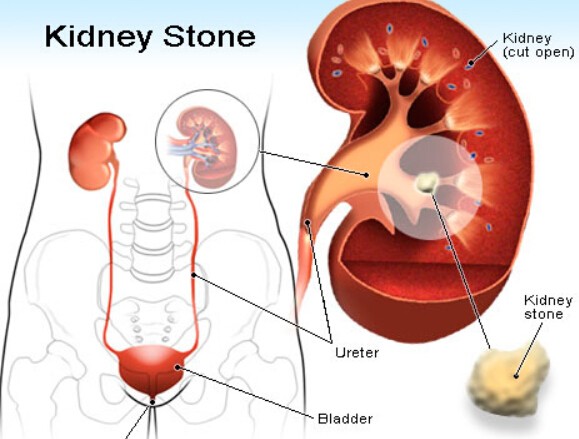
Inner thigh pain can be a sign that the sufferer has kidney stones. If there is a high level of a certain substance in urine, this forms small crystalline matter or kidney stones.
These are formed when the urine volume is decreased or when an excess of crystalline matter is forming in your urine.
The most common type of kidney stone comprises calcium with either phosphate or oxalate. Other chemical compounds include amino acid cysteine, uric acid, and magnesium ammonium phosphate.
One factor that leads to the creation of the stones is dehydration. Aside from inner thigh pain, the symptoms also include blood in the urine; high intake of salt, animal protein, sugar, vitamin D supplements, and oxalate-containing foods contribute to the formation of stones.
If the kidney stone is the cause of your inner thigh pain, make sure that you drink plenty of water to flush out the formed chemicals in your kidney. You should also seek medical help as kidney stones can be difficult or too big.
6. Pubis Dysfunction
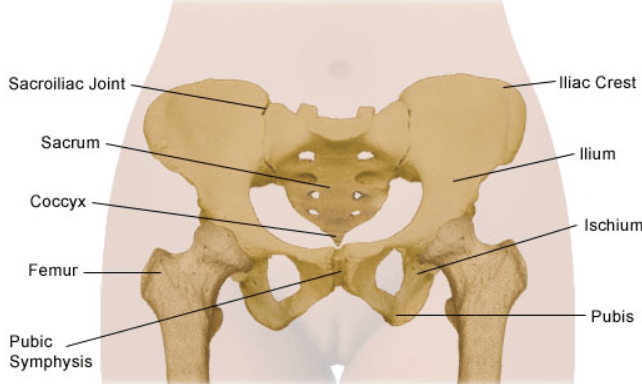
This condition usually occurs in pregnant women. The pelvic bone becomes unstable as the pelvic ligament keeps the bone in place and relaxes to allow the baby’s withdrawal.
The symptoms of pubis dysfunction include sharp pain in the pelvic region and may extend to other areas, such as the inner thigh. The pain can affect your daily tasks, even when walking and standing.
If an unstable pelvis causes your inner thigh pain, you can purchase a belt that supports the pelvic area. You can also seek help from a physician if the pain is unbearable.
7. Osteoarthritis
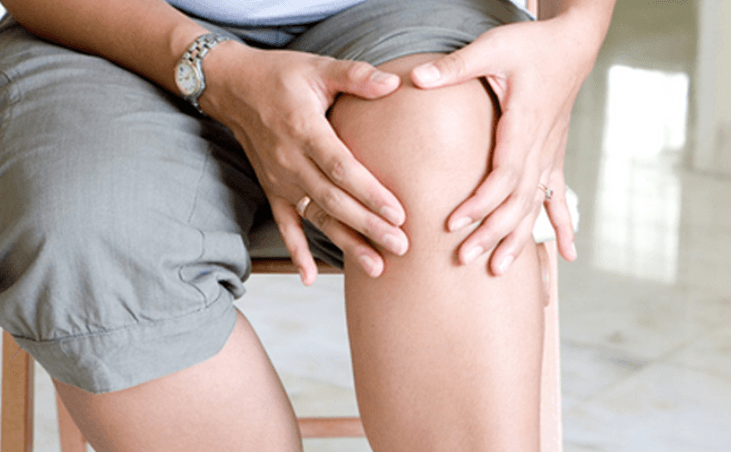
Another cause of inner thigh pain is a disease of the joints or osteoarthritis. Unlike other types of arthritis, osteoarthritis does not affect other organs, but the affected joints are painful. Other symptoms of osteoarthritis include stiffness and joint pain. The most common cause of osteoarthritis is aging, which can also occur because of injury and obesity.
The stiffness of the joints may also occur after a long period of inactivity. One example is sitting in the car for long hours. Complete loss of cartilage or severe osteoarthritis produces friction between the bones. This leads to pain and prevents the sufferer from moving around.
You can manage the symptoms of osteoarthritis. People who are overweight are advised to lose weight to reduce the amount of pressure on their joints. Mild exercises like walking, yoga, and swimming are also recommended, and intense physical activities should be avoided.
8. Osteosarcoma
Osteosarcoma, also called osteogenic sarcoma, is a type of cancer that arises in the bones. Even though it can occur at any age, osteosarcoma usually occurs in young adults and children. It usually occurs when the bones are developing fast, like the ends of long bones.
Some cancer starts around the knee but can start in any bone, such as the jaw, shoulder, and pelvis, for adults. Other symptoms of osteosarcoma include swelling, tenderness, inner thigh pain, and redness of the affected region.
It is required to perform A bone biopsy to ensure it is osteosarcoma. One of the treatments is chemotherapy, which can reduce the size of the cancer growth. Then surgery will be done to remove the bone.
9. Pregnancy and Menstruation
Women during pregnancy may experience symphysis pubis dysfunction (SPD). This can cause the relaxation of ligaments supporting the pelvic bone. This leads to pain and inflammation in the pelvic joints. This pain can also spread to the inner thigh.
SPD usually happens during the second trimester. This condition can make it difficult for pregnant women to walk or climb stairs. Some people may hear clicking or grinding noises when they are moving.
Although this situation makes you uncomfortable, do not worry too much. It usually disappears after your baby gives birth. You can also take rest or use pelvic support to relieve the inner thigh pain.
In addition, menstruation can cause cramps and pain in the inner thing and pelvis. This pain can also spread to your back.
If you have serious and constant pain in your lower abdomen, you should consult your doctor, as this may be caused by other diseases such as endometriosis and adenomyosis.
10. A Blood Clot
The blood clot is another common cause of swelling, tenderness, and inner thigh pain. Most blood clots are harmless; however, they form in your major veins, leading to a serious condition called deep vein thrombosis (DVT).
DVT can block the blood travels to the lung. You may have symptoms such as chest pain, cough, dizziness, and difficulty breathing. This is a life-threatening condition; you should seek medical treatment immediately.
Causes of Pain outside the thigh
The pain in the external region of the thigh can be caused by:
- A Trauma
- A problem with the tensor muscle of the fascia lata or its tendon
- Pain spread to the muscles
- Meralgia paresthetic
The iliotibial band syndrome is a connective tissue overload disorder on the outer side of the knee and thigh. The iliotibial tape is a structure that stabilizes the knee joint during:
- Flexion,
- The extension.
The iliotibial band syndrome causes pain, especially during a stroke when the heel touches the ground.
- Gluteal middle muscle
- In small gluteal muscles, the pain reaches the ankle and heel and can provoke tingling of the toes.
- Broad lateral muscle of the quadriceps
- Tensor of the fascia lata
Muscle pain from the buttocks to the lateral aspect of the thigh is more common on the right.
Meralgia paresthetica is a disease that affects the nerves. The inguinal ligament blocks the lateral femoral cutaneous nerve. This nerve is a sensory structure that causes a burning pain on the upper side of the thigh.
Causes of Thigh Pain When Walking
- The tear of the quadriceps muscle
- The lengthening of the flexor muscles or at the back of the thigh
- Osteomyelitis
- Osteoarthritis
- Meralgia paresthetic
Causes of pain and tingling in the thigh
Here are some causes that cause pain, numbness, or tingling in the thigh:
- Neuropathy: metabolic disorders, nerve damage, exposure to toxins, diabetes, etc.
- Nervous compressions,
- The herniated disc,
- Meralgia paresthetic,
- Deep vein thrombosis,
- Sciatica.
Causes of Strong thigh pain
Intense physical activity can cause damage to the thigh muscles. Some of the most common causes of pain are:
Meralgia paresthetic
When a groin ligament compresses the lateral femoral cutaneous nerve, the person feels a burning pain (a strong burning sensation) up and in front of the thigh.
Sciatica
If disc protrusion or herniated disc compresses the sciatic nerve, the person feels a strong pain in the thighs.
The symptoms worsen when the patient leans forward and often when he gets up from his seat.
Muscle injury in the thigh
The abductor’s muscles help to stabilize the knee. The femoral biceps is a muscle that flexes the knee. These muscles get tired when there is a change of pace in the race, such as stretching or acceleration.
The risk of tearing one of these muscles is high. Football players may have muscle damage or a tear of the adductor muscles inside the thigh.
Arthritis
With age, the cartilage in the joints degenerates, producing osteoarthritis.
Other causes of severe thigh pain are:
- Osteomyelitis
- Kidney stones
- pain happens to the buttocks, groin, and upper thighs
- The prosthesis of the knee
Causes of Pain in the thigh at night
The most common causes of thigh pain during the night are:
- Trochanteric bursitis
- The pyramid syndrome causes pain when you turn in the bed
- Circulatory problems
- Arthritis
Causes of Thigh Pain in Children
Several causes cause thigh pain in children:
- Lesions
- Bruises
- Osteomyelitis
- Osteosarcoma
Treatments for Inner Thigh Pain:
Here are the most common treatments for inner thigh pain:
- RICE treatment (Rest, Ice, Compression, Elevation) – RICE is the basic treatment for inner thigh pain. You must rest, apply ice, compress, and elevate the affected area.
- Anti-inflammatory medication – The most common medicines for body pain are Ibuprofen and Acetaminophen. These can alleviate inflammation and reduce the redness in the affected region. You can also apply anti-inflammatory ointments for inner thigh pain.
- Cold Compress – You can apply ice packs on the affected area to reduce inflammation but do not apply it directly to the skin as it can lead to circulatory issues. Use the ice packs for up to 30 minutes only.
- Massage – Massages can stimulate the flow of blood, improving the healing process.
- Heat Compress – You can also apply something warm in the area to alleviate the pain.
- Physical therapy – Perform mild butt and thigh exercises. These are recommended for groin and adductor pulls.
- Hydro-physical therapy – It is easier to move underwater, which promotes faster recovery. People who are suffering from pelvic dysfunction are recommended to perform hydro-physical therapy.
- Elastic bandages – You can use elastic bandages to support your strained muscles. This can help in alleviating the pain.
How to Prevent Inner Thigh Pain
Changing lifestyle can often reduce the risk of inner thigh pain.
- Regular exercise can help strengthen the muscle strength of the back, buttocks, and thighs. However, note that you should choose the exercise method that suits you. Try to avoid high-intensity exercise, warm up before exercise, and gradually increase exercise intensity not to cause muscle strain.
- Drink plenty of water, which can help prevent muscle stiffness and pain.
- Losing weight, obesity can reduce the body’s flexibility and make you more vulnerable to injury during exercise.
- Use proper equipment and suitable shoes for exercise.
- Avoid lifting too heavy objects because heavy lifting is the main reason for forming a hernia.
- Keep your diet balanced. Eat more foods rich in vitamin D and calcium, which can make your bones hard.
- Consult a doctor. Some causes of inner thigh pain, such as kidney stones or Hernia, require specialized medical treatment.

